by Michelle Hand for TWU Course Literature for Children and Young Adults Zusak, Markus. 2006. THE BOOK THIEF New York, NY: Knopf. ISBN: 9780385737425.
THE BOOK THIEF is a realistic fiction novel set during WWII revolving around an illiterate German girl who steals books, her adopted family and the trials that come with hiding a Jewish prisoner in the basement of the family's home.
Critical Analysis
Death narrates this realistic historical fiction with flowery language. At some points, I think Zusak confuses the reader with mixing up analogies of the human senses and distracts from the main plot of the story. Liesel Meminger, the main character, is most unfortunate. She loses her brother to Death and her mother abandons her. She finds solace in a stolen book she can't even read. Liesel experiences love and discipline by adoptive parents Hans and Rosa Hubermann. Hans teachers her how to read and shows her unconditional love. Rosa teaches her that life is not always rosy as Zusak describes in relating the events of Nazi Germany and Hitler's reign.
THE BOOK THIEF is definitely unforgettable from the believable and realistic characters to the heartbreaking setting. But most of all, the ongoing theme of hope through literacy will clinch the reader and never let go.
Review Excerpt(s)
"Death is not a sentimental storyteller, but he does attend to an array of satisfying details, giving Liesels story all the nuances of chance, folly, and fulfilled expectation that it deserves. An extraordinary narrative." –Francisca Goldsmith, Berkeley Public Library, CA - School Library Journal
"The Book Thief is unsettling and unsentimental, yet ultimately poetic. Its grimness and tragedy run through the reader's mind like a black-and-white movie, bereft of the colors of life. Zusak may not have lived under Nazi domination, but The Book Thief deserves a place on the same shelf with The Diary of a Young Girl by Anne Frank and Elie Wiesel's Night. It seems poised to become a classic."
- USA Today
"Zusak doesn’t sugarcoat anything, but he makes his ostensibly gloomy subject bearable the same way Kurt Vonnegut did in Slaughterhouse-Five: with grim, darkly consoling humor.”
- Time Magazine
Michael L. Printz Honor Book
Connections
What is ironic about Liesel’s obsession with stealing books? Discuss other uses of irony in the novel.
The Grave Digger’s Handbook is the first book Liesel steals. Why did she take the book? What is signifi cant about the titles of the books she steals? Discuss why she hides The Grave Digger’s Handbook under her mattress. Describe Hans Hubermann’s reaction when he discovers the book. What does the act of book thievery teach Liesel about life and death? Explain Rudy’s reaction when he discovers that Liesel is a book thief. How does stealing books from the mayor’s house lead to a friendship with the mayor’s wife? Explain how Liesel’s own attempt to write a book saves her life.
Liesel believes that Hans Hubermann’s eyes show kindness, and from the beginning she feels closer to him than to Rosa Hubermann. How does Hans gain Liesel’s love and trust? Decide whether Liesel is a substitute for Hans’s children, who have strayed from the family. Why is it so difficult for Rosa to demonstrate the same warmth toward Liesel? Discuss how Diesel’s relationship with Rosa changes by the end of the novel.
Abandonment is a central theme in the novel. The reader knows that Liesel feels abandoned by her mother and by the death of her brother. How does she equate love with abandonment? At what point does she understand why she was abandoned by her mother? Who else abandons Liesel in the novel? Decide whether she was abandoned by circumstance or by the heart.
Connections from “Lit Lovers: A Well Read Community”, accessed April 27, 2013, http://www.litlovers.com/reading-guides/13-fiction/144-book-thief-zusak?.
Other contemporary realistic fiction and/or by Markus Zusak for young adults.
Yolen, Jane. BRIAR ROSE. ISBN: 9780765342300
Zusak, Markus. I AM THE MESSENGER. ISBN: 9780375836671
Toksvig, Sandi. HITLER'S CANARY. ISBN: 9781596432475
by Michelle Hand for TWU Course Literature for Children and Young Adults Hale, Shannon and Dean. Illustrated by Nathan Hale. 2008. RAPUNZEL'S REVENGE. New York, NY: Bloomsbury. ISBN: 9781599900704.
RAPUNZEL'S REVENGE is a graphic novel with an Old West twist on the traditional fairy tale. Rapunzel is exiled to a tree tower by her "mother." While in the tower, her hair grows long enough to use as a means to escape. After she escapes she befriends Jack, an outlaw, who helps her find her way back to find her real mother and they get into some troubles along the way.
Critical Analysis
Since the style of writing is dialogue with illustrations, I muddled through this one. I am not a big fan of graphic novels and am also am not a big fan of female characters taking on the hero(ine) role. I think media, as well as books, have taken the female saving the day a little
too far. I think it is unrealistic for Rapunzel to know how to use her braids as a weapon without any practice. Jack, her friend, gets her into more trouble than helps. I know the setting is a fantastical one and I hope 5th graders who read it will realize the things Rapunzel does such as taking down a humongous water serpent or tying up several grown men at once would not actually happen in real life.
I do give credit to Hale for inserting some things that go wrong such as the adventure obtaining the thirty gold coins for returning the kidnapped girl. This adds a little reality to the storyline. The illustrations are vivid and bring the story to life. Hale mixes storybook characters such as Rapunzel and Jack, as in Jack and the Beanstalk. Jack is subtlety introduced and some readers may not pick up on it at first. Jack ends up using a bean and a golden
egg to help Rapunzel end the end to capture her evil "mother" so her real mother can be set free.
Review Excerpt(s)
"Rich with humor and excitement, this is an alternate version of a classic that will become a fast favorite of young readers." Grades 5-8. --Tina Coleman - Booklist.
"If you ever thought of graphic novels as providing an easy read, this one will confound your expectations. It offers 144 pages of rip-roaring storytelling in which the familiar fairy-tale is hugely extended, gathering in its sweep all kinds of echoes from Wild West and Super-hero films as well as other fairy-stories."- The School Librarian.
"The dialogue is witty, the story is an enticing departure from the original, and the illustrations are magically fun and expressive. Knowing that there are more graphic novels to come from this writing team brings readers their own happily-ever-after."–Cara von Wrangel Kinsey, New York Public Library-School Library Journal.
YALSA 2009 Great Graphic Novel for Teens
2011 Young Readers Choice Award (presented by the Pacific Northwest Library Association)
Connections
Encourage students to compare and contrast the protagonist with related characters in other texts and even across media. For example, in what ways is Rapunzel similar to a superhero or to characters students know from manga or anime? Also, prompt extrapolation by asking what the real-world consequences of having“twenty feet of hair” might be. What daily
challenge would Rapunzel face that are not mentioned in the text?
Using Rapunzel’s Revenge as a touchstone, have students explore the roles of women and girls in fairy tales or other traditional texts. Challenge them to write a one-page plot synopsis of a story that successfully updates one of these characters.
Provide art supplies so that students can make “Wanted” posters, using the ones in the book as models for how to coordinate graphics and text. These posters can be for characters such as Jack or Witchy Jasper, or for characters from other other titles that students have read. Consider displaying the finished posters in a “rogues’ gallery.”
Collaborate with a history teacher to help students answer the question, “What was life really like in the Old West?” That is, what visual details did artist Nathan Hale do a great job in capturing? What other elements are more fanciful and don’t respect the technological, economic, or political realities of the period (apart from obvious fantasy elements such as huge serpents)? Focus this cross-curricular inquiry with a task: If you had to pick a year for when the story takes place in “our” reality, when would that be? What’s your evidence based upon clues in the print and graphics?
Connections from “A Teaching Guide to Rapunzel's Revenge” Shannon and Dean Hale, accessed April 27, 2013, www.squeetus.com/stage/Rapunzel_TG.pdf.
Other juvenile graphic novels and/or novels by Shannon and Dean Hale.
Hale, Shannon. PRINCESS ACADEMY. ISBN: 9781599900735
Hale, Shannon and Dean. CALAMITY JACK. ISBN: 9781599900766
Hatke, Ben. LEGENDS OF ZITA THE SPACEGIRL. ISBN: 9781596434479
by Michelle Hand for TWU Course Literature for Children and Young Adults Klages, Ellen. 2005. THE GREEN GLASS SEA. NewYork, NY: . ISBN: 9780375858291.
Dewey Kerrigan, an 11-year old girl, moves to "the hill" in 1943 to be with her scientist father. He is involved with a super secret mission along with other scientists that will help
end War World II. Dewey finds herself trying to fit in with the other kids but she, too, is also destined to be a scientist. The only thing she is interested in is tinkering with parts to build her own gadgets.
Critical AnalysisTHE GREEN GLASS SEA is about Dewey, a nerdy, science-oriented girl is trying to fit in and compete for her father's attention with his work which often carries him away from home. Suze, a girl Dewey's age, is trying to fit in with the popular girls, Barbara and Joyce, at school. While fighting her interest in learning science from her chemist mother and her scientist father, Dewey and Suze, who are brought together against their wills, soon discover they have a lot in common and become fast friends. While their friendship blossoms, President Roosevelt dies, Truman becomes president, Hitler dies, the war ends in Europe and the girls witness the first test of the atomic bomb from 200 miles away.
All of this takes place while they are living on "The Hill" or Los Alamos, NM, a place that doesn't officially exist. It is a military base where the greatest scientists and minds have come to the aid of their country to event a "gadget" that can end the war. It is a very safe place for kids living there to roam freely and sleep and eat in their houses by themselves while their parents work long, tedious hours in a lab.
Times, places, events and people are accurately described from Dewey and Suze's perspectives. Klages leaves no detail out when it comes to technology, music, media, and lifestyles of the early 1940s. Although, she writes in a very simplistic, almost flat tone, her descriptions of comic books, magazines, Dewey's parts and pieces for her gadgets, cigarettes, and food are "spot on." Her transitions from one chapter to another are smooth and
seamless with thought provoking, clever titles and date stamps.
Overall, THE GREEN GLASS SEA is an interesting read and gives young adults an accurate account of the sequence of events during World War II. I would hesitate to recommend it to just any 5th or 6th grader unless he or she is really into science coupled with history due to the fact that the story and plot move slowly.
Review Excerpt(s)
"Many readers will know as little about the true nature of the project as the girls do, so the gradual revelation of facts is especially effective, while those who already know about Los Alamos's historical significance will experience the story in a different, but equally
powerful, way." - School Library Journal
"The characters are exceptionally well drawn, and the compelling, unusual setting makes a great tie-in for history classes." - Booklist
"Cameo appearances are made by such famous names as Richard Feynman (he helps Dewey build a radio) and Robert Oppenheimer, but the story, an intense but accessible page-turner, firmly belongs to the girls and their families; history and story are drawn together with confidence." - The Horn Book
2007 Scott O'Dell Award for Historical Fiction
Connections
Suze is good in art, and Dewey is good at making mechanical devices out of “junk.” Ask students to complete one of the following activities:
(1.) Create a picture, collage, or diorama of Trinity that Suze gives to Dewey to hang over her
bed.
(2.) Make a movable object out of “junk” that Dewey gives to Suze for her bookshelf.
Allow students time to explain their creations in class.
Write a paper contrasting Dewey’s idea of family at the beginning of the novel with her idea at the end when she lives with the Gordons.
• Point out the first time that Terry Gordon shows an interest in Dewey as a person. Dewey is close to her father, but she needs a mother. How does Terry Gordon become a mother to her?
What is Dewey’s reaction when she first hears the words family and home from Suze? What about Suze’s changing feelings concerning Dewey?
Dewey is reading a biography of Faraday. In the chapter “Heroic Figures,” Suze introduces Dewey to comic books. Ask students to:
• Research the life and work of Faraday.
• Then, create a comic book about him that Suze might write and illustrate as a gift to Dewey.
Connections from “An Educator's Guide to The Green Glass Sea ” Ellen Klages, accessed April 9, 2013, www.penguinclassroom.com/Penguinlp_green.pdf.
Other historical fiction about World War II and/or written by Ellen Klages for young adults.
Alban, Andrea. ANYA'S WAR. ISBN: 9780312370930
Craigie, Emma. CHOCOLATE CAKE WITH HITLER. ISBN: 9781906021894
Klages, Ellen. WHITE SANDS, RED MENACE. ISBN: 978670062355
by Michelle Hand for TWU Course Literature for Children and Young Adults Vanderpool, Clare and Vikki Sheatsley. 2010. MOON OVER MANIFEST. NewYork, NY: Delacorte. ISBN: 9780375858291.
Moon Over Manifest is historical fiction set in 1936 in Manifest, KS. Abilene, a 12-year old girl, is sent to Manifest to live with strangers. The only thing familiar is a compass her daddy gave her. While in Manifest she discovers a cigar box of clues that set into motion a spy hunt and leads her to answers about her daddy's past.
Critical Analysis
Clare Vanderpool's MOON OVER MANIFEST has a vast cast of characters spanning eras and generations. Abilene makes connections with her own age group, Lettie and Ruthanne, as well as adult figures, Pastor Shady, Miss Sadie and Hattie Mae. Through letters and found mementos she gets to know people from Manifest's past and develops emotional ties with them.
Manifest, Kansas is a small mining town populated with immigrant workers. Abilene soon discovers there is not much left of the town besides a couple of storefronts and a divining parlor. The mementos give her clues of what a bustling and productive town Manifest used to be. Each clue leads her through a town fair to a Presidential train stop to moonshine making to a ghost in the cemetery to letters from a World War I soldier. Vanderpool does a sufficient job of weaving past and present events by using Hattie Mae's newspaper column and
propaganda along with dated chapters and events that happened in certain eras of American history. The jumping back and forth across time and different points of view lost my focus several times but with clues such as Shady hiding bottles of alchohol, mining workers fighting for their rights and the Spanish flu led me back to the right time period.
MOON OVER MANIFEST brings many of the struggles of the depression era to the forefront but Abilene's adventures, relationships and discoveries sheds a bright light of hope for a happy ending for all the characters.
Review Excerpt(s)
“Readers will cherish every word up to the heartbreaking yet hopeful and deeply gratifying ending.” -Kirkus Reviews
"Replete with historical details and surprises, Vanderpool's debut delights,while giving insight into family and community.” - Publisher's Weekly
"Ingeniously plotted and gracefully told." - The Bulletin of the Center For Children's Books
2011 Newbery Medal Winner
Connections
Write the story that Abilene turns into Sister Redempta on September 1. Remember that a
story must have a beginning, middle, and an end. Think of an appropriate title. Other than Gideon, to whom might Abilene dedicate her story?
Miss Sadie uses hawthorn root to increase circulation. Ask students to refer to the
following website and choose at least 10 common plants and herbs and chart their medicinal use: herbsguide.net. Have them include a colored sketch of the plant for identification purposes.
The women of Manifest are planning a friendship quilt, and they ask Miss Sadie to make the center square. Consider Miss Sadie’s heritage, her role in the town and its history. Then ask
them to design the square that Miss Sadie might make. Students may also design a square submitted by Abilene, Lettie, Ruthanne, Hattie Mae, and other women in the novel.
Connections from “Educator's Guide: Moon Over Manifest, Grades 4-7” Clare Vanderpool, accessed April 7, 2013, www.randomhouse.com/MoonOverManifest_TeachEdition_WEB.pdf
Other historical fiction about the Depression Era and/or written by Clare Vanderpool for young adults.
Hesse, Karen. OUT OF THE DUST. ISBN: 9780439771276
Curtis, Christopher Paul. THE MIGHTY MISS MALONE. ISBN: 9780385734912
Vanderpool, Clare. NAVIGATING EARLY. ISBN: 9780385742092
by Michelle Hand for TWU Course Literature for Children and Young Adults Cushman, Karen. 1994. CATHERINE, CALLED BIRDY. New York, NY:
Harper Collins. ISBN: 006073942
Set in 1290 in England a 14 year old struggles with medieval expectations of a young girl and her own desires for her future. Catherine, Called Birdy records these struggles in a
diary over a course of a year.
Critical Analysis
CATHERINE, CALLED BIRDY is a read that proves young female struggles span across time. Even though set in 1290, Birdy's struggles with herself and her parents are definitely relatable to today's young readers. Birdy's rebellious nature against her dad to scare off
suitors, the tricks she plays on her nurse to get out of embroidery, and her
complex relationship with her mother will make you laugh, cry and get angry
several times before reaching the end of the book. Cushman's description of
Birdy's father's physical appearance and his rotten tooth is vivid and invokes
sympathy pains. Birdy finds companionship with a local farm boy, a girl close to
her age who has a similar personality and the servants because she wants to be a
villager and has not accepted her lot in life.
Throughout the book Birdy struggles with what her father wants for her to do and his attempts to betroth her to someone who will add wealth to his estate. Birdy is pulled between her devotion to family and community and what she thinks she is created to do.
Young readers will appreciate modern times and modern medicine when reading Cushman's description of the countryside, the food, the villagers, the family members, and the servants. But in the end, when it comes down to human nature, people really haven't changed much. The easy to read diary format is just one way Cushman shows how teenagers thought processes and heart and mind struggles are the same then as they are now.
Review Excerpt(s)
"Her diary of the year 1290 is a revealing, amusing, and sometimes horrifying view both of Catherine's thoughts and life in the Middle Ages...The vivid picture of medieval life presents a seemingly eyewitness view of a culture remote form contemporary beliefs. Fascinating and thought provoking." - The Horn Book
"The period has rarely been presented for young people with such authenticity; the exotic details will intrigue readers while they relate more closely to Birdy's yen for independence and her sensibilities toward the extraordinary." - The Kirkus Review
"Birdy reveals fascinating facts about her time period. A feminist far ahead of her time, she is both believable and lovable... Superb historical fiction. - School Library Journal
Newbery Honor 1995
Golden Kite Award in 1995
Connections
Make a list of words you would use to describe Birdy and then find evidence in her journal to support each choice of word.
Birds play an important part in this book and are used as a symbol throughout. Find as many allusions to them as possible and see if you can decide why and how Karen Cushman used them.
Jews are being expelled from England in this story. Did that really happen in 1290? Find out why. What others countries expelled Jews? How recently?
Birdy's brother has been on a Crusade. Find out more about the Crusades? Which one would George have been part of and what did they accomplish? Was George right in his opinion of them after his return?
Connections from “Carol Hurst's Children's Literature Site,” Carol Otis Hurst and Rebecca Otis, accessed April 4, 2013, http://www.carolhurst.com/titles/catherinecalledbirdy.html.
Other historical fiction about the medieval time period and/or written by Karen Cushman for young adults.
Hartley, Dorothy. LOST COUNTRY LIFE. ISBN:9780394748382
Quennell, C.H.B. A HISTORY OF EVERYDAY THINGS IN ENGLAND, 1066-1799. ISBN: 9780399200601
Cushman, Karen. THE MIDWIFE'S APPRENTICE. ISBN: 9780064406307
|
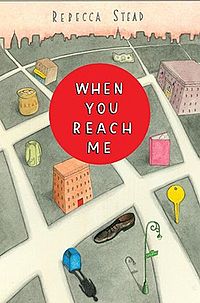
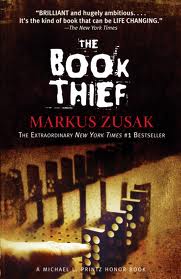
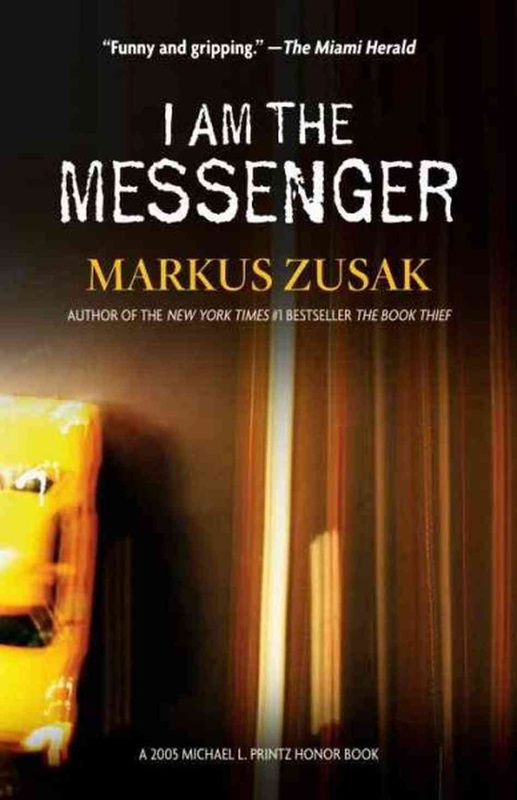
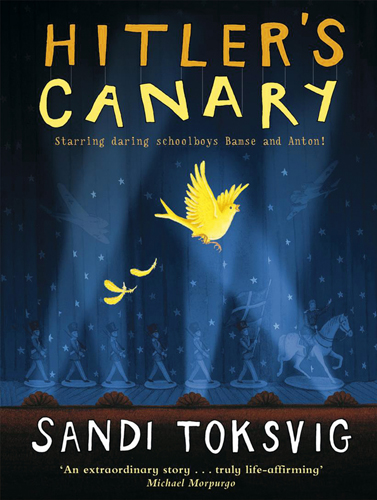
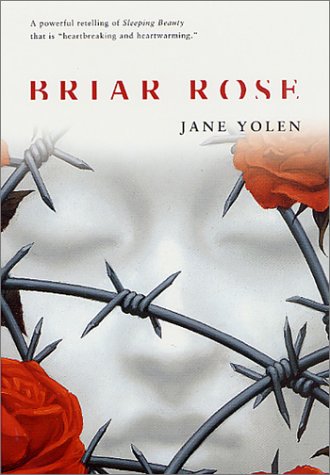
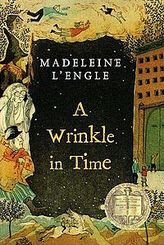
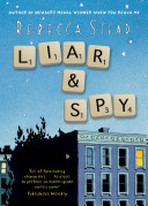
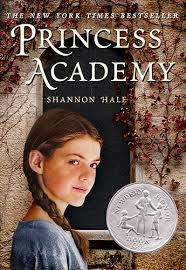
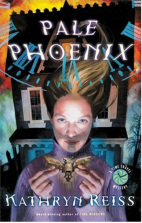
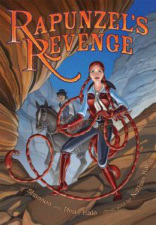
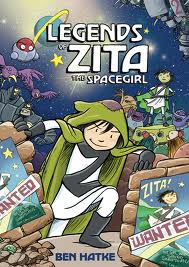
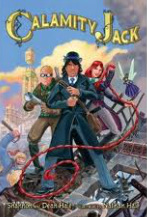
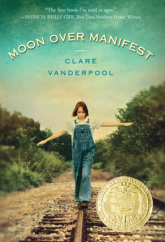
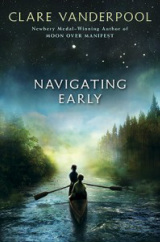
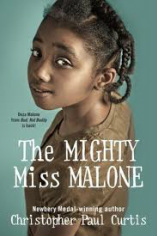
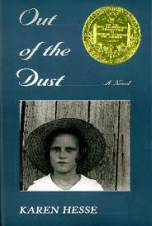
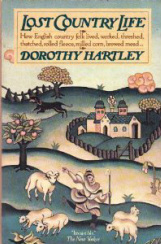
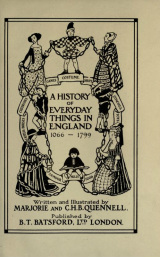
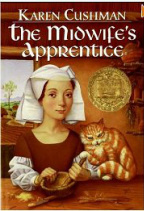
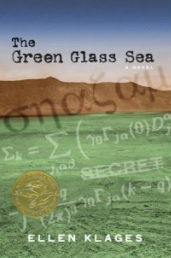
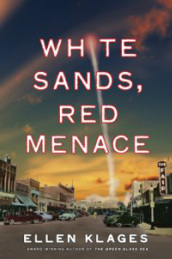
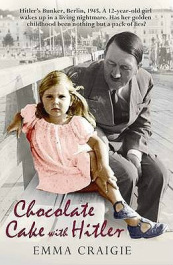
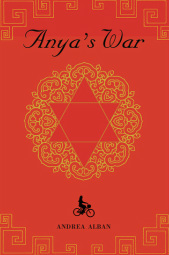
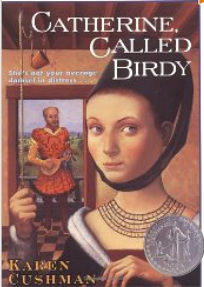
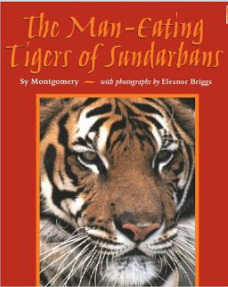
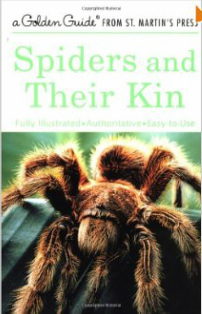
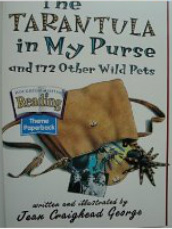
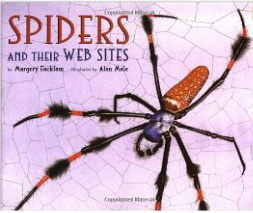
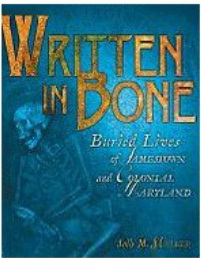
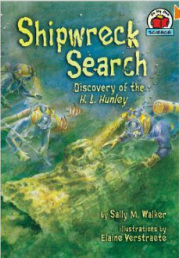
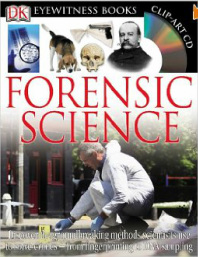
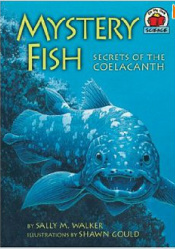
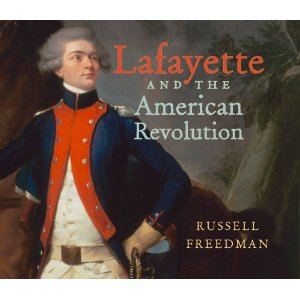
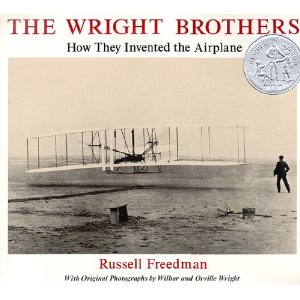
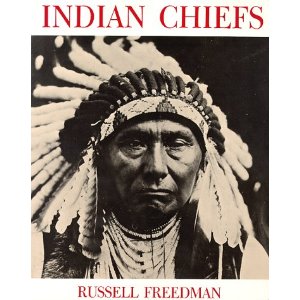
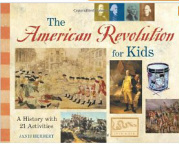
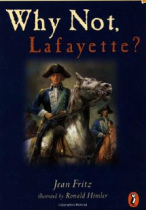
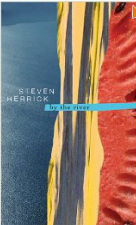
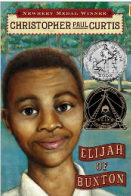
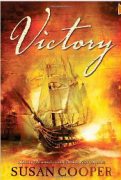
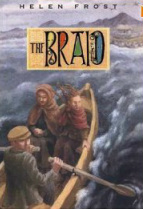
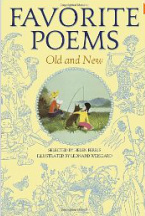
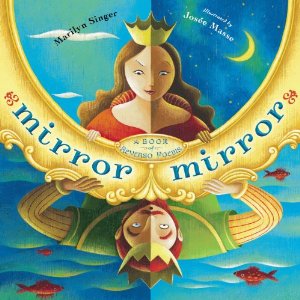
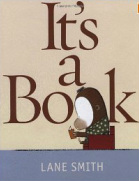
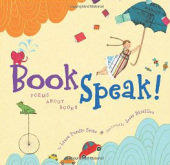
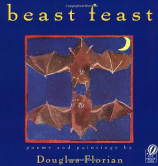

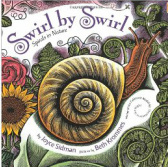

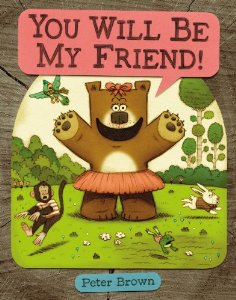

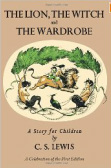
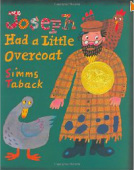
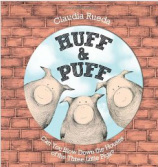
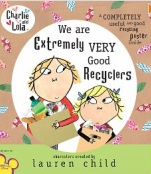
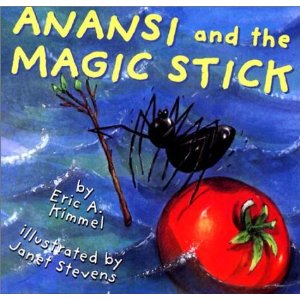
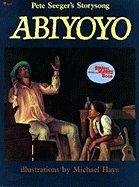
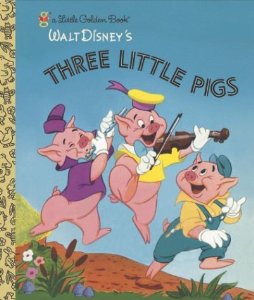
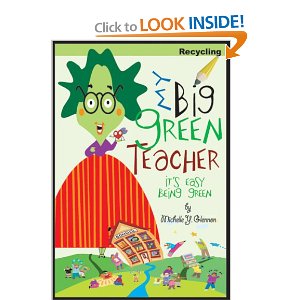
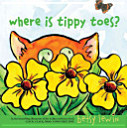
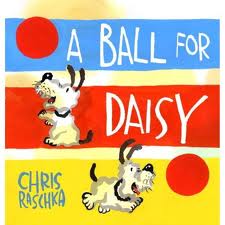
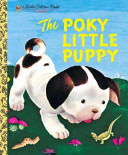
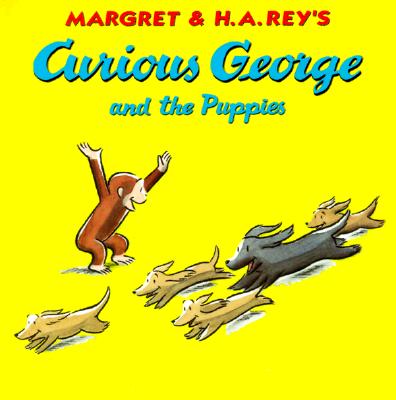

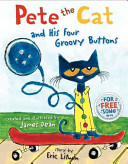
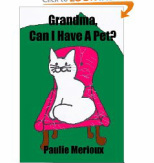
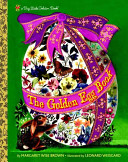
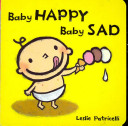
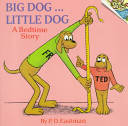
 RSS Feed
RSS Feed